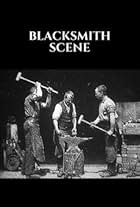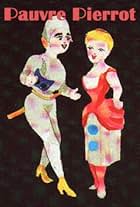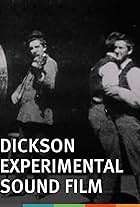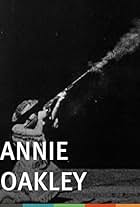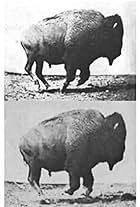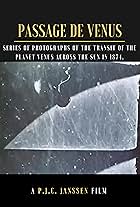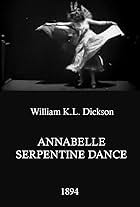"Carmencita" was not only one of the first vaudeville acts Edison filmed for his Kinetoscope ("Sandow No. 1" was the very first), it also appears to contain the earliest appearance of a woman in an American film. Of course, this did not make her the first known woman to appear in motion pictures period; don't forget, Louis le Prince had shot the first celluloid film as early as 1888, and that short contained two women. (Although if Edison had completely succeeded in proving his company to have invented the first motion pictures, he no doubt would have attempted to erase that landmark from history altogether and given himself the credit). Not only that, it also began a new genre in the Edison studios: the famous 'dance' genre, one of the biggest things the company is remembered for today.
Like the various boxing movies created from 1891-1895, the different dancers Edison hired to perform in his studio also became quite popular and frequently filmed. There was Annabelle Moore, the well-known serpentine dancer (who deserves a genre of films herself considering she did at least three different acts for the studio). Fatima the muscle dancer (don't be fooled, she was actually a belly-dancer) also falls in this genre. And don't forget Amy Muller, who specialized in dancing on her toes, and the Sarache Sisters with their imperial Japanese Dance. Even the Indian dances recorded by Edison in 1894 could count as being part of the 'dance' genre. (I could go on). In this case, the dancer of the title who started it all (real name Carmen Dauset Moreno) is shown to be performing a routine she had been practicing since February 1890 (funnily enough the year Edison began experimenting with motion pictures) at Koster and Bial's Music Hall, New York City. Involved in the choreography are twirls, kicks, spins, and at the end, a bow. Lasting at only 21 or so seconds, the film here presumably documents an excerpt instead of the entire thing, which would have run on much longer.
Finally, there's one more thing that this film is important for: it was one of the earliest films that began discussions of film censorship. With a dancer who constantly shows her ankles and legs, how could anyone not object? And that's not to say it was a shocker the Edison Co. produced such naughty material for the first time; violence and sex would sadly enough become a common trend among the company. The first such film to cause people to raise their eyebrows was probably the aforementioned "Sandow No. 1", which featured plenty of skin and was no doubt a temptation to women. Continuations of these naughty film elements include the "Cockfight" films, the said boxing films, further entries to the dance genre, and the notorious "The May-Irwin Kiss" of 1896.



